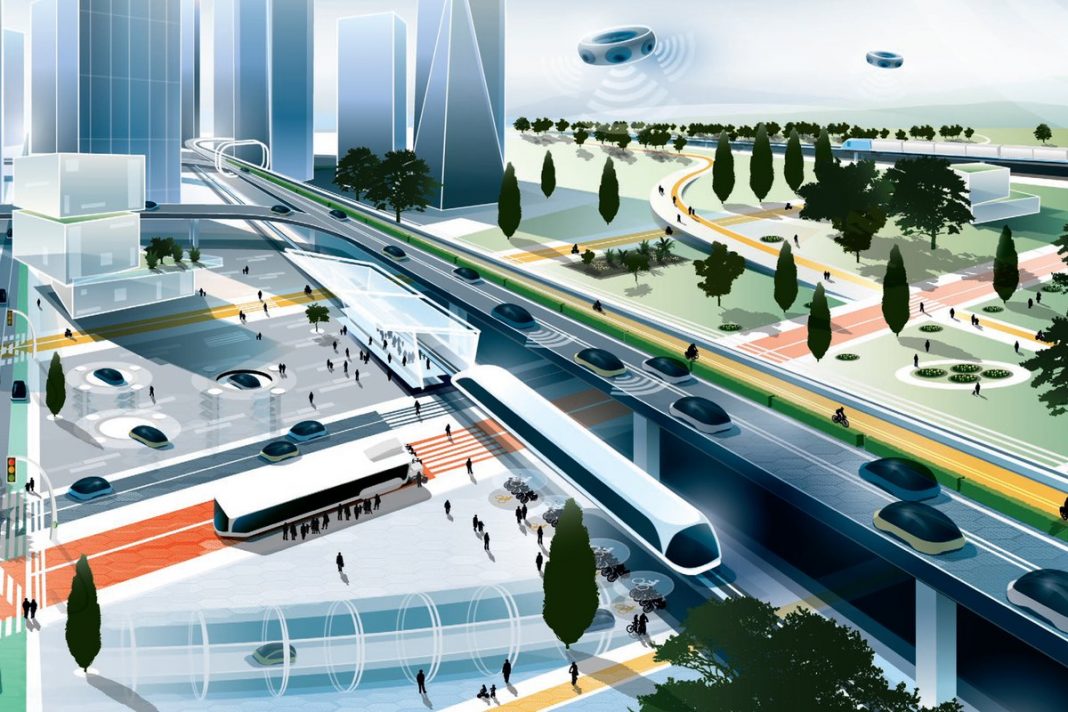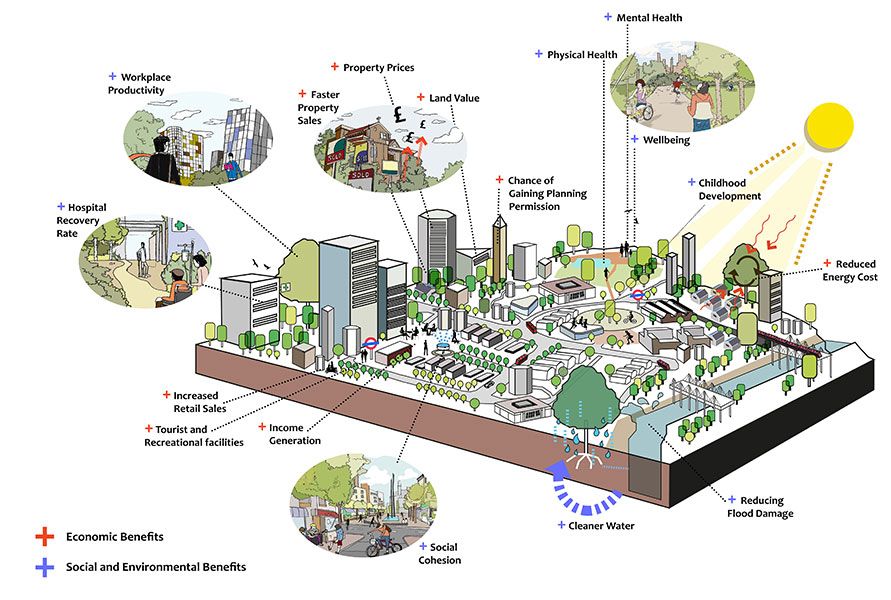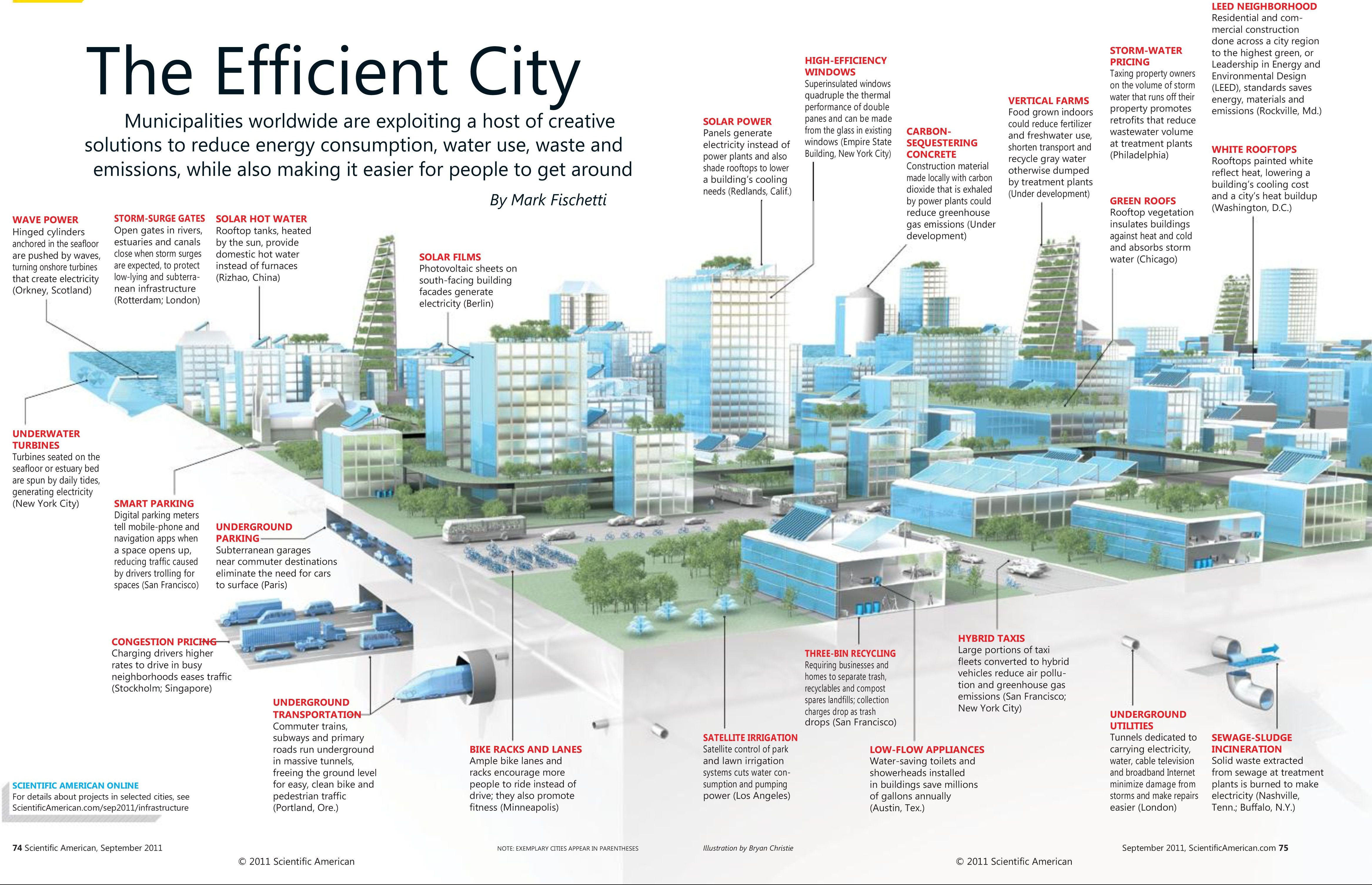
Rethinking Urban Infrastructure: Incorporating Eco Vehicles and City Planning for Sustainable Transportation
Introduction
Rethinking urban infrastructure is crucial in today’s rapidly growing cities to ensure sustainable transportation options. By incorporating eco vehicles and effective city planning, we can address the pressing need for sustainable transportation solutions in urban areas.
Historical Background
Understanding the historical context of urban infrastructure and transportation systems is essential. Over time, city planning has evolved, shaping transportation choices and infrastructure. The impact of urban planning on transportation cannot be ignored.
Key Concepts and Definitions
To fully grasp the importance of eco vehicles and city planning in creating sustainable urban infrastructure, it is crucial to define key terms. Concepts such as eco vehicles, sustainable transportation, and city planning play a vital role in achieving sustainable urban development.

Main Discussion Points
The Role of Eco Vehicles in Urban Infrastructure
Eco vehicles offer numerous benefits in urban areas, including reduced emissions and energy consumption. By using eco vehicles, we can significantly improve air quality and public health in cities. Electric cars, hybrid vehicles, and robust public transportation systems all contribute to a sustainable urban infrastructure.
City Planning Strategies for Sustainable Transportation
City planning plays a pivotal role in promoting sustainable transportation options. Mixed-use development, walkability, and bike-friendly infrastructure are crucial concepts that enable sustainable transportation choices. By highlighting successful examples of cities that have implemented these strategies, we can inspire others to follow suit.
Integrating Eco Vehicles into Transit Systems
Integrating eco vehicles with existing public transportation systems is a promising approach. Electric buses, trams, or trains can help reduce emissions and improve efficiency in city transit networks. Efficient charging infrastructure is vital to support the widespread adoption of electric vehicles in urban areas.

Case Studies or Examples
Real-world case studies provide tangible evidence of successful integration of eco vehicles and sustainable transportation into urban infrastructure. By examining the strategies implemented and the positive outcomes achieved in various cities, we can learn valuable lessons for future endeavors.
Current Trends or Developments
Keeping up with current trends and developments in the field of eco vehicles and city planning is essential. New technologies, policies, and initiatives are constantly emerging to support sustainable urban infrastructure. Staying informed about these advancements is crucial for the continued growth and improvement of our cities.
Challenges or Controversies
While the adoption of eco vehicles and sustainable transportation is essential, it is not without its challenges and controversies. High costs, limited charging infrastructure, and resistance to change are some potential barriers that need to be addressed to ensure a successful transition towards sustainable urban transportation.

Future Outlook
Speculating on the future implications and potential directions for eco vehicles and city planning is crucial. Emerging technologies and innovations hold great promise in enhancing sustainable urban infrastructure. By exploring these possibilities, we can pave the way for a greener and more sustainable future.
Conclusion
In conclusion, rethinking urban infrastructure is vital in creating sustainable cities. By incorporating eco vehicles and effective city planning, we can address the pressing need for sustainable transportation options. The role of eco vehicles and city planning in creating sustainable urban infrastructure cannot be overstated.






